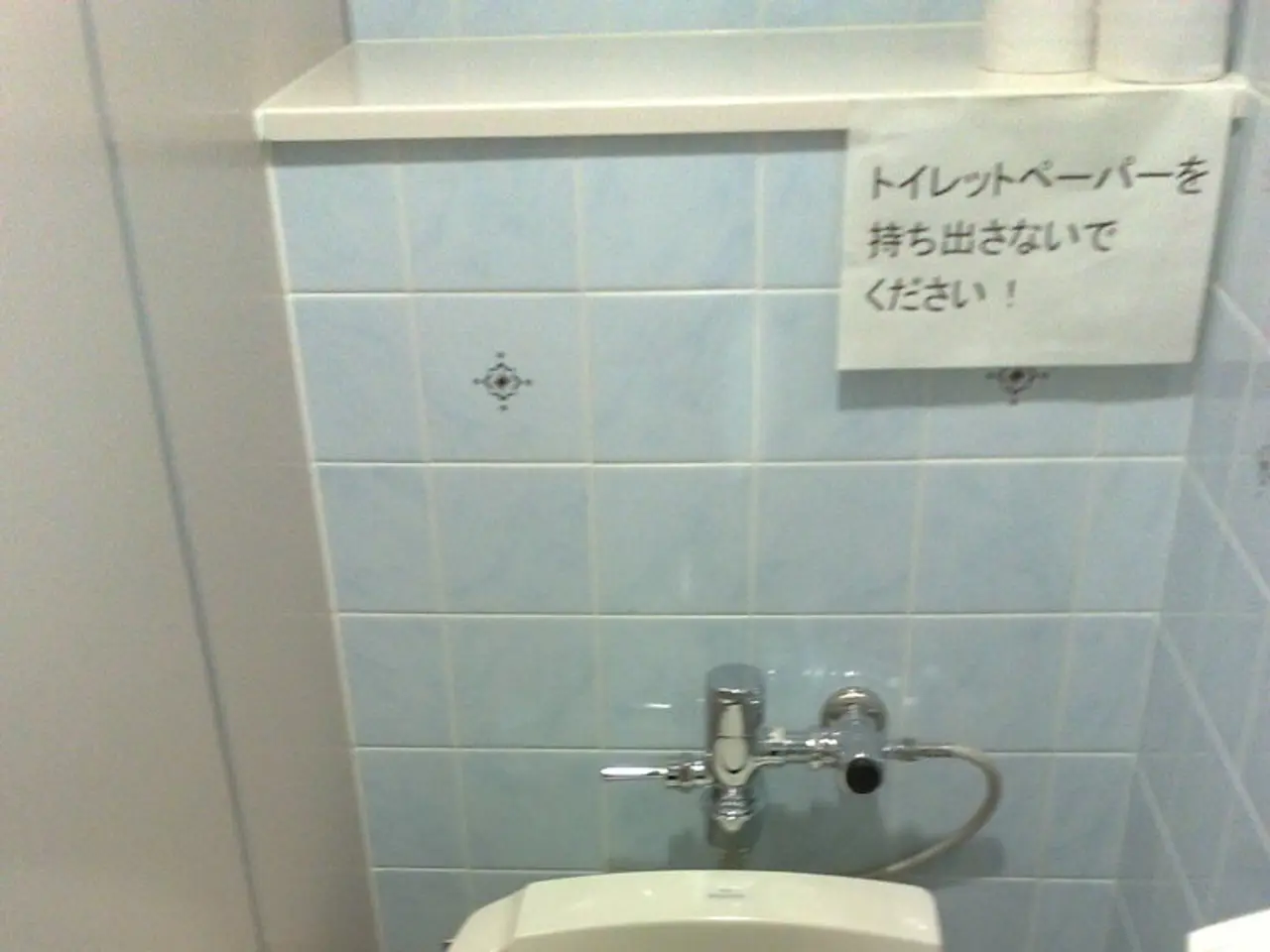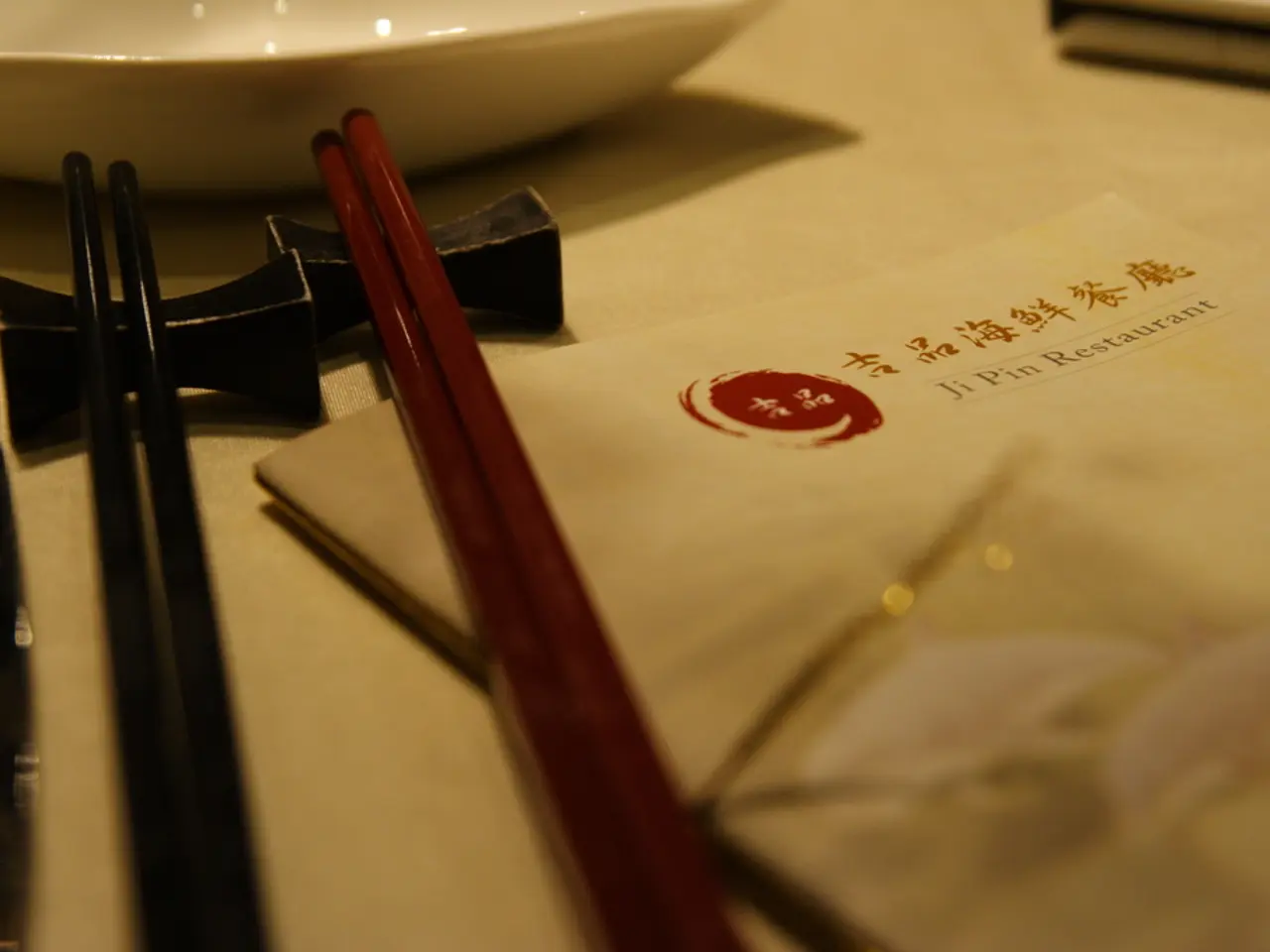Consider the purchase of a Japanese toilet for your residence: benefits and drawbacks?
In the realm of modern bathroom technology, Japanese bidet toilets are making a significant splash Down Under. These high-tech toilets, renowned for their efficiency and hygiene, are becoming increasingly popular in Australian homes and commercial spaces.
Japanese toilets employ cutting-edge technology to combat unpleasant odours, thanks to catalytic converters and other advanced systems. One of their unique features is the water-saving mechanism, which causes water to swirl around the bowl after being released from the sides, rather than being flushed down from above.
Basic Japanese toilets come as electronic bidet toilet seats that can attach to Western-style toilets. These seats often feature a special non-stick coating to prevent stains and debris, and a warm air-dryer to complete the process. More advanced models even include an added nozzle that extends from under the seat to rinse with a jet of warm water.
Some brands of Japanese toilets spray electrolysed water onto the bowl after every flush, effectively killing bacteria. These toilets are usually rimless, making it difficult for germs to hide. Over 80% of households in Japan contain a washlet-type toilet.
In Australia, installing Japanese bidet toilet seats typically requires both a plumber and an electrician due to the plumbing and electrical connections needed for the unit's water supply and power for features like heated seats and bidet sprays. The bidet seat generally connects to an existing toilet’s water supply, which a plumber handles to ensure proper fitting, water pressure, and compliance with standards. An electrician is needed to install a power point or dedicated electric supply safely since these seats require mains power (usually 240V) for heating elements and controls.
It is important to note that, due to health and safety risks, it is illegal in Australia to install bidet products yourself. Both plumbing and electrical work must comply with Australian Standards and local regulations to ensure safety, waterproofing, and correct operation.
Luxury five-star hotels in Australia were the first to install Japanese toilet seats, and now, high-tech Japanese toilet seats are becoming more common in Australian hotels. Bidet toilet seats are available at speciality bathroom shops, hardware stores, and online in Australia.
More advanced Japanese toilets can have additional features like acting as a nightlight, automatically opening the lid, heating the seat, automatically flushing, and deodorising the bathroom. Some models even play water noises, birdcalls, or music to mask sounds.
Japan, a popular tourist destination, remains a leading manufacturer of luxury smart toilets worldwide, but faces competition from less expensive brands available in Australia. However, the convenience, efficiency, and hygiene offered by these Japanese toilets continue to attract Australian homeowners and businesses alike.
[1] Plumbing and Electrical Considerations for Bidet Toilet Seat Installation [2] The Rise of Japanese Toilets in Australia [3] DIY Bidet Installation: What You Need to Know [4] Bidet Toilet Seat Installation Guide [5] Electrical Requirements for Bidet Toilet Seats
- As the popularity of Japanese smart-home devices, such as high-tech bidet toilet seats, rises in Australia, it's crucial to understand plumbing and electrical considerations for their installation.
- In the wake of the growing acceptance of gadgets like these, technology-driven Japanese toilets are not just dominating luxury hotels, but are also becoming common fixtures in Australian homes and commercial spaces, challenging other brands in the market.




